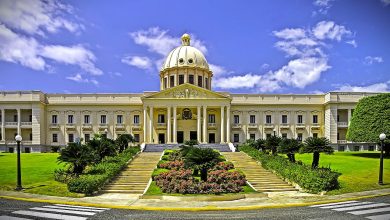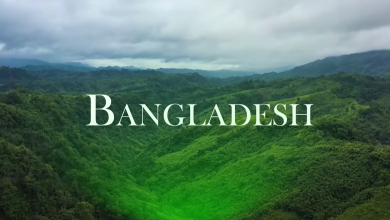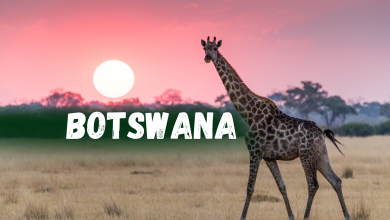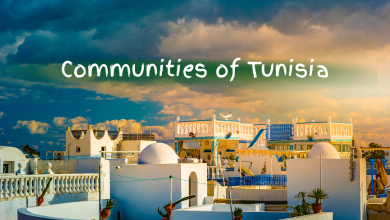Communities of Guinea: Diverse Cultures and Traditions
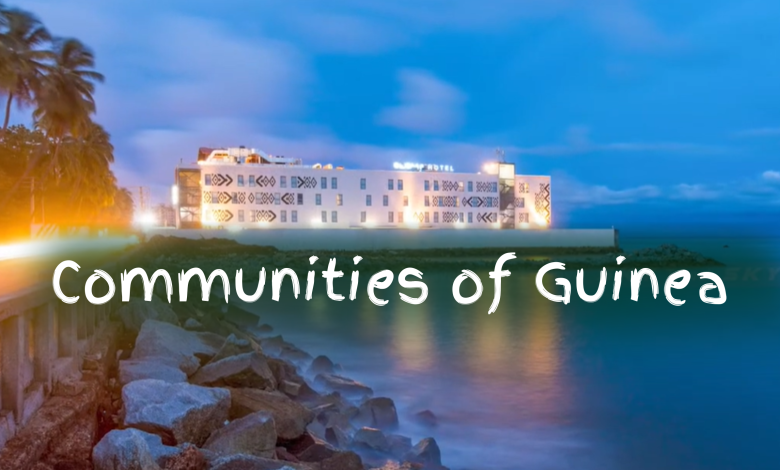
Communities of Guinea is a West African country. It is famous for its cultural history. The nation boasts a variety of peoples. There are traditions and customs and ways in each city.
Guinea is divided into Lower Guinea and Upper Guinea. It was named after the Guinea region. To the north it runs across forested tropical regions until it reaches the Sahel. Guinea is a traditional name for the region of the African coast of West Africa which lies along the Gulf of Guinea (Gulf of Guinea Coast).It is a term that is part of the ‘Guinea’ in ‘coast of Guinea’ that pays reference to the ‘Guineus’ (or gan, etc.).The term “Guinea” is extensively employed in the 1453 chronicle of Gomes Eanes de Zurara.
In 1978, the official title was changed to the People’s Revolutionary Republic of Guinea. In 1984, following the death of the first President, Ahmed Sékou Touré, the country adopted its present name of the Republic of Guinea.
History of Guinea
This section does not cite any sources. Please help improve this article by adding citations to reliable sources in the section. Material may be challenged and removed Unsourced material will be removed.
The land over which is now Guinea was either at the border or into seemed to be part of a number of historic West African empires before the arrival of the frican French in the mid-1890s, to first claim the area as a colonial part of French West Africa. Guinea achieved independence from France on 2 October 1958. Guinea was managed by several autocratic governments from the time of its independence to the presidency of Lansana Conté and the coup that followed his death.
Human rights in Guinea
Guinea here that in Guinea homosexuality is illegal. In 2010, the prime minister stated that he does not believe sexual orientation is a genuine human right.
Guinea has among the highest prevalence levels of female genital mutilation (FGM; also known as ‘female circumcision’) in the world, say Anastasia Gage, associate professor at Tulane University, and Ronan van Rossem, associate professor at Ghent University.
As of 2009, over 98% of women in Guinea have been subjected to female genital mutilation. In Guinea “nearly all cultures, religions and ethnicities” cut girls. According to the Demographic and Health Survey 2005, 96% of women were circumcised.

Credit: www.iom.int
The Fula Communities of Guinea
The Fula people are one of the largest ethnic groups in Guinea and herdsmen have been attacking farmers for decades. (They are also referred to as Fulani or Peul.) The Fula are primarily Muslims. They are a cattle herding people. The language they speak is the Fula language. They are a people who are musical and dance with a tradition.
The Malinke Communities of Guinea
The Malinke are yet another major ethnic group in Guinea. They’re also called Mandingo. The Malinke are primarily an agricultural people. They farm rice, millet and peanuts. The Malinke speak the Manding language. They come from a strong storytelling, music culture.
The Susu Communities of Guinea
The Susu are among the smallest of Guinea’s ethnic groups. These are predominantly found in the coastal areas. The majority of the Susu are fishermen. They cultivate crops like rice and cassava, too. Language The Susu language is spoken by the Susu people. They have an extensive history of music and dance.
The Kissi Communities of Guinea
Kissis are primarily living in the forest, they can found in the there’s forest of Guinea. They are mainly farmers. They cultivate crops such as rice, coffee and cocoa. Language The language spoken by the Kissi people is the Kissi language. Ngans also have a long weaving and pottery tradition.
The Kpelle Communities of Guinea
The forest-region Kpelle are the most numerous and are concentrated mainly in Guinea. They are mainly farmers. They cultivate crops including rice, cassava and yams. Language and people The Kpelle language is spoken by the Kpelle people. Music and dancing is a long-standing tradition with them.
Culture and Traditions Communities of Guinea
Communities of Guinea boasts a rich cultural mix. traditions methods do attributed to other communities. Guinean culture is very music-oriented, with frequent open-air concerts, clubs, and dancing. The nation is also famous for its indigenous crafts. These trade objects represent some weaving, pottery, and carving. Festivals: Guineans are proud of their traditions and industrial progress. They represent a chance for communities to gather and honor their culture.

Credit: www.worldbank.org
Guinea is known for its rich culture. Many villages can be found in the country. There are also special traditions and cultures for each community. Music, dance, and the making of traditional objects play an integral role in Guinean cultural life. It is the season for festivals and celebrations. You can read more about the various ethnic groups in Guinea on the link above.
Learn More
If you want to read more about the various communities in Guinea, you can do so at this link. Here you can learn more about their culture, traditions and lifestyle.
F A Q
What Are The Major Communities of Guinea?
Guinea is home to several ethnic groups, with the more prominent being the Fulani, Malinke, and Soussou.
How Many Ethnic Groups Are In Communities of Guinea?
Guinea has more than 24 ethnic groups.
What Is The Language Communities of Guinea?
French is spoken in Communities of Guinea, as are local languages.
Relatively Homogeneous Villages in Guinea?
Indeed, Guinea is a country of rich cultural diversity.

